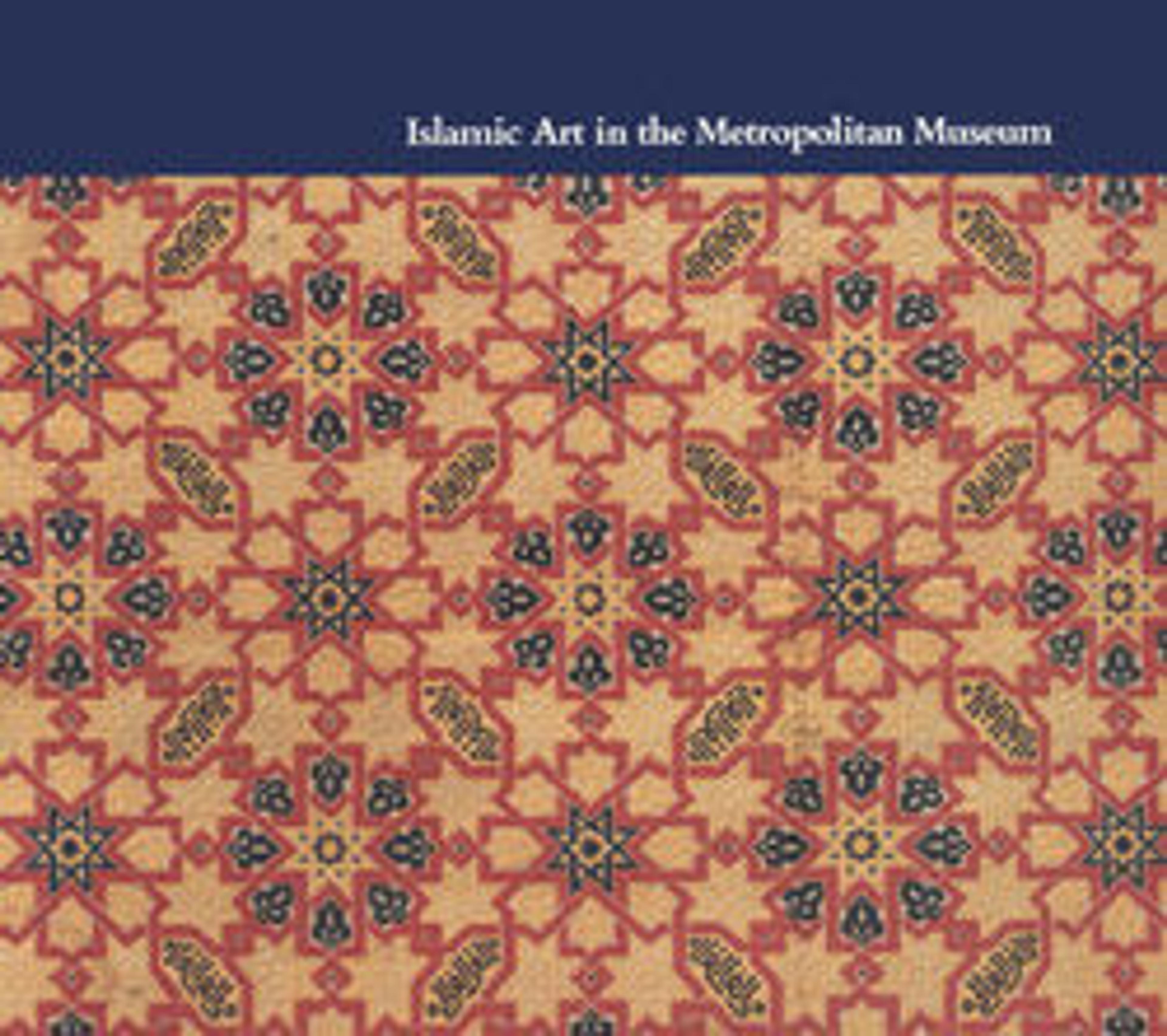Section of a Qur'an Manuscript
These two lines of calligraphy in elegant muhaqqaq script are from chapter 40 (Sura al-Mu'min, The Believer) of the Qur'an. The fragment on which they are written was once part of a Qur'an manuscript that is probably the largest ever produced. Originally, each page included seven lines of script copied on one side only. A double-page would fit perfectly into the gigantic stone Qur'an stand made for the congregational mosque of Bibi Khanum in Samarqand and commissioned by a grandson of Timur (Tamerlane, d. 1405). Its calligrapher was likely the renowned 'Umar Aqta'. Historical sources tell us that 'Umar tried to impress Timur by writing a Qur’an so small that it could fit under a signet ring. When the sultan was unmoved, 'Umar wrote a Qur'an so large that it had to be brought to Timur on a cart.
Artwork Details
- Title: Section of a Qur'an Manuscript
- Calligrapher: Copied by `Umar Aqta'
- Date: late 14th–early 15th century
- Geography: Attributed to present-day Uzbekistan, probably Samarqand
- Medium: Ink, opaque watercolor, and gold on paper
- Dimensions: H. 17 5/16 in. (44 cm)
W. 38 1/4 in. (97.2 cm) - Classification: Codices
- Credit Line: Anonymous Gift, 1972
- Object Number: 1972.279
- Curatorial Department: Islamic Art
More Artwork
Research Resources
The Met provides unparalleled resources for research and welcomes an international community of students and scholars. The Met's Open Access API is where creators and researchers can connect to the The Met collection. Open Access data and public domain images are available for unrestricted commercial and noncommercial use without permission or fee.
To request images under copyright and other restrictions, please use this Image Request form.
Feedback
We continue to research and examine historical and cultural context for objects in The Met collection. If you have comments or questions about this object record, please complete and submit this form. The Museum looks forward to receiving your comments.
